Street Light Technical Information
|
|
Identifying Early Street Light Manufacturers |

| Oftentimes collectors and enthusiasts have difficulty identifying the manufacturers of early street lights. Many times the only clues are stamped into aluminum or ceramic elements of the luminaire, or show up in faded ink on porcelain bodies or reflectors. This page is presented to aid in the identification of these fixtures. Some of the logos may be familiar, and some not so familiar. Additional logos will be presented once I get clear images of them to post. |
General Electric Company |
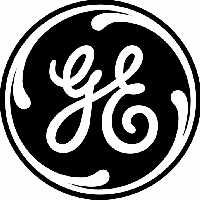 |

Hartford-Faence |

|
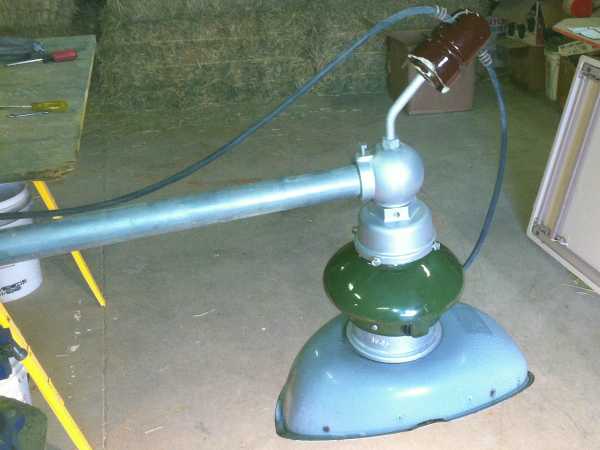
|
Joslyn Manufacturing |
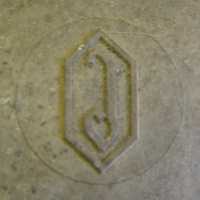
|
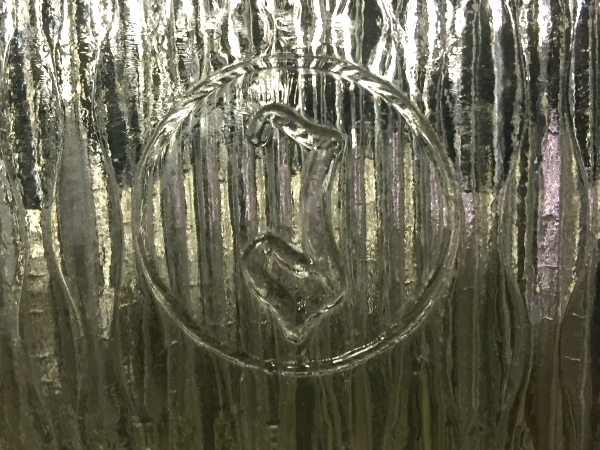
|
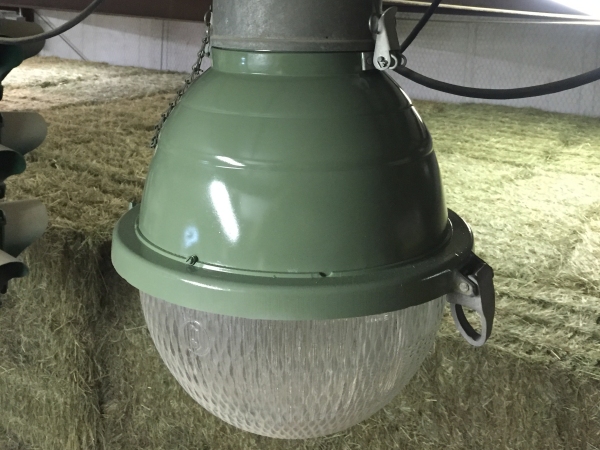
|
Line Material Company |
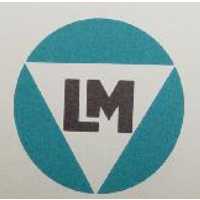
|
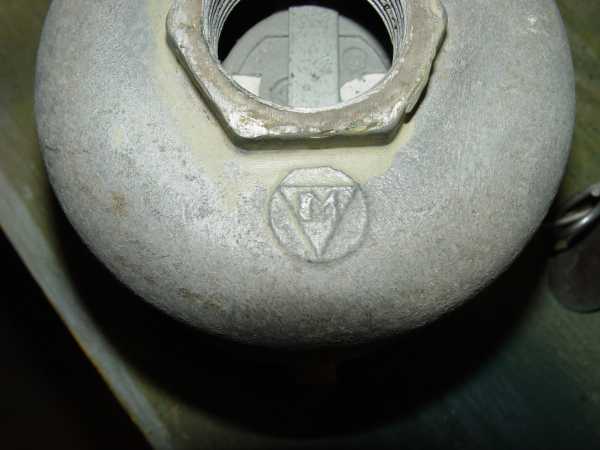
|

|
WestinghouseThe housings for gumballs and teardrops were typically cast aluminum with polished aluminum inserts. Reflectors attached to classic luminaire heads using a twist-lock mechanism that was held with a set screw. Later Westinghouse adopted the NEMA "latch-on" standard and some reflectors had ribs similar to GE and Line Material reflectors. |
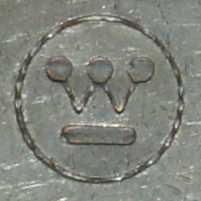
|
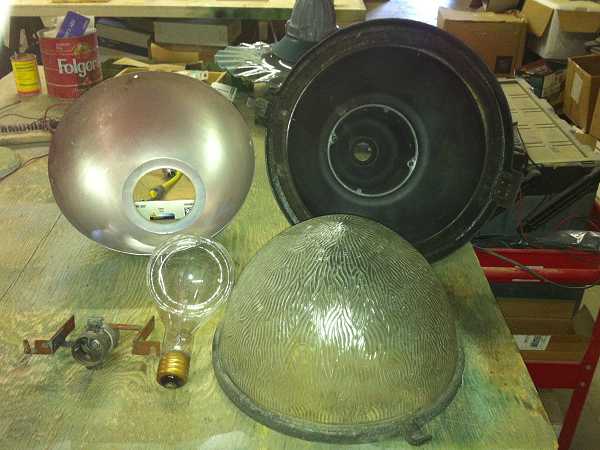
|
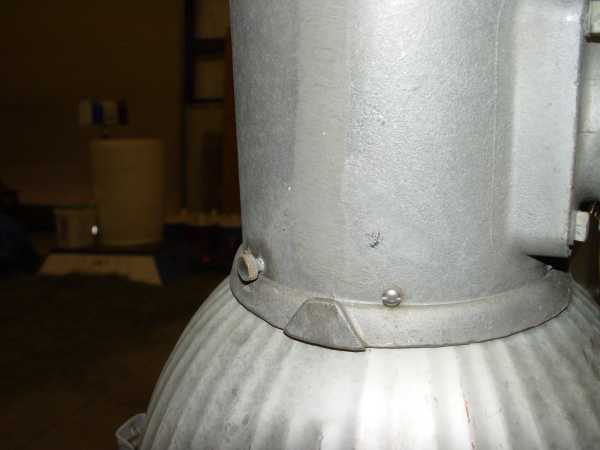
|
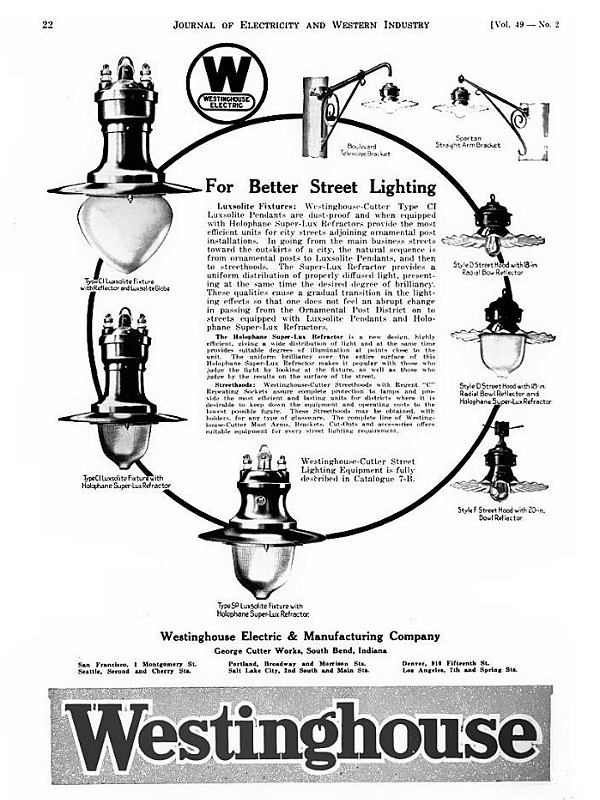
Wheeler - Boston |
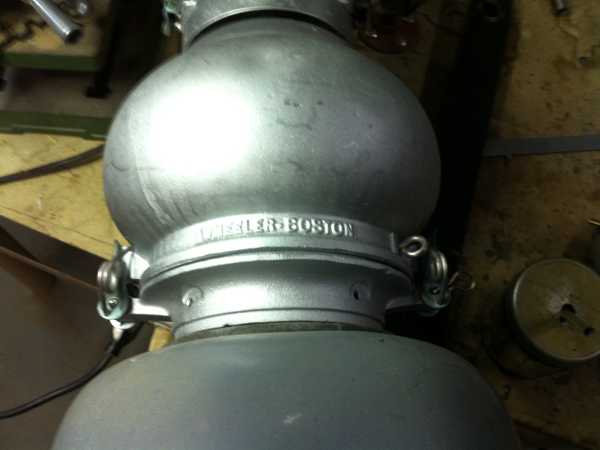
|
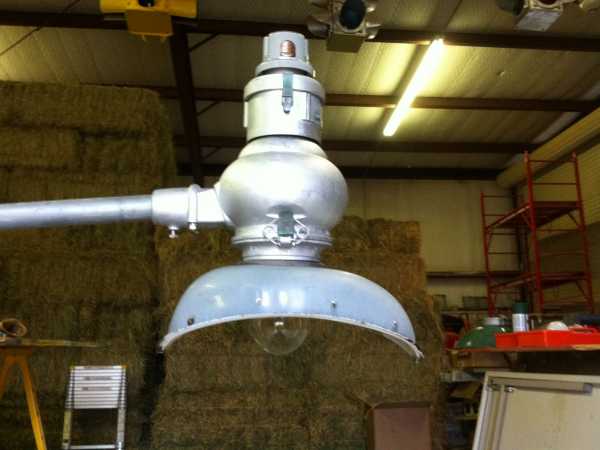
|
| This page is still under development. More identification information will be added. We're also working on identifying the top colors found on radial wave reflectors with their respective manufacturers. Feel free to Contact Me with any information not already posted here: . |